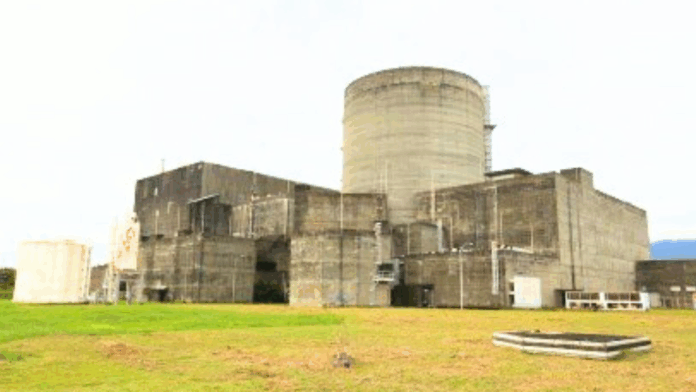In a recent article, we talked about how the Philippines is lagging behind in the nuclear power game, while other developing nations move forward.
But it wasn’t always like this. There was a time when the Philippines broke ground on what was meant to be Southeast Asia’s first operational nuclear power plant.
Built during the administration of then-President Ferdinand Marcos Sr., the construction of the Bataan Nuclear Power Plant (BNPP) began in 1976 with the intent to address the country’s growing energy needs and reduce dependence on imported oil. By the time it was completed in 1984, it had cost the country an estimated $2.3 billion—one of the most expensive infrastructure projects in Philippine history.
But the plant was never fueled. It never generated a single watt of electricity.
So, what exactly happened? Much of the blame lies with a nuclear accident that occurred halfway across the world.
In 1979, the Three Mile Island incident in Pennsylvania, USA, shook global confidence in nuclear energy. While there were no deaths or injuries, it exposed major vulnerabilities. The incident prompted a sweeping re-evaluation of nuclear safety worldwide, and the BNPP was audited.
The results identified over 4,000 construction and design defects – from questionable welding work and poor cabling to concerns about the site’s proximity to a geological fault line and the dormant, but not inactive, Mount Natib volcano.
Then came the 1986 Chernobyl disaster, which solidified fears. In that same year, after the ouster of Marcos, the new administration under President Corazon Aquino made the call to mothball the BNPP permanently.
That was almost four decades ago. Today, what is stopping us from plugging the plant back in and sliding in some fuel rods?
The answer is simple: money—and not just a little bit of it.
A 2017 feasibility study by Korea Hydro & Nuclear Power (KHNP), commissioned by the Philippine government, estimated that rehabilitating the BNPP would cost between $1 billion to $2.3 billion on just the building alone. The figure does not cover the cost of the workforce, regulating body, or waste management. Then in 2022, the Department of Energy (DOE) affirmed that a lot of BNPP’s tech is outdated and would need extensive modernization.
Senator Sherwin Gatchalian, chair of the Senate Energy Committee, called the plant “technically obsolete and politically radioactive.” He argued that the cost of rehabilitation might be better spent on modern small reactors (SMRs) or brand-new facilities.
So yes, the building still stands. The ambition never really left. But unless the country is ready to spend billions—and pass the necessary regulatory reforms—the BNPP will remain just that: a monument to unrealized potential, and not a solution to our power woes.



